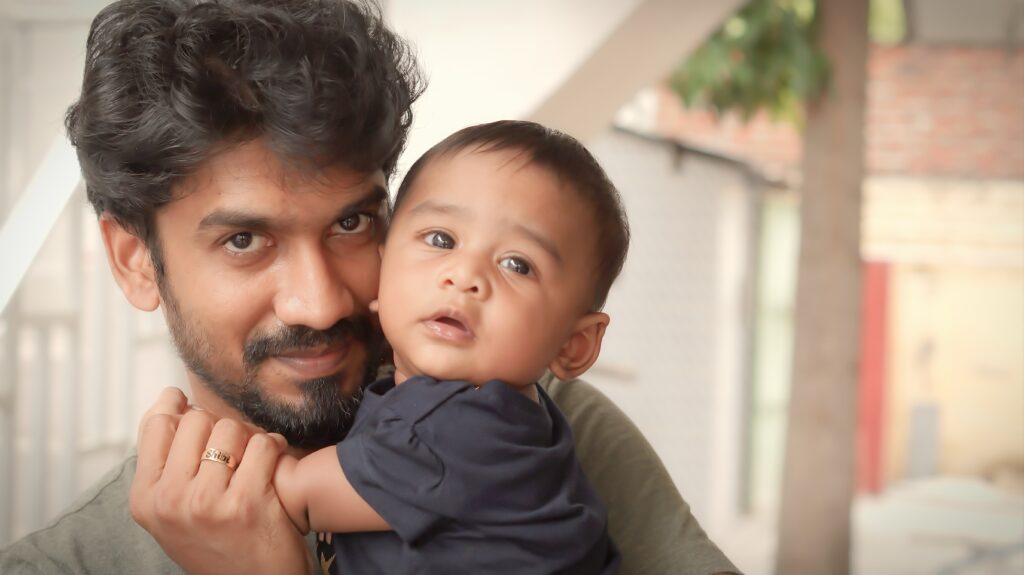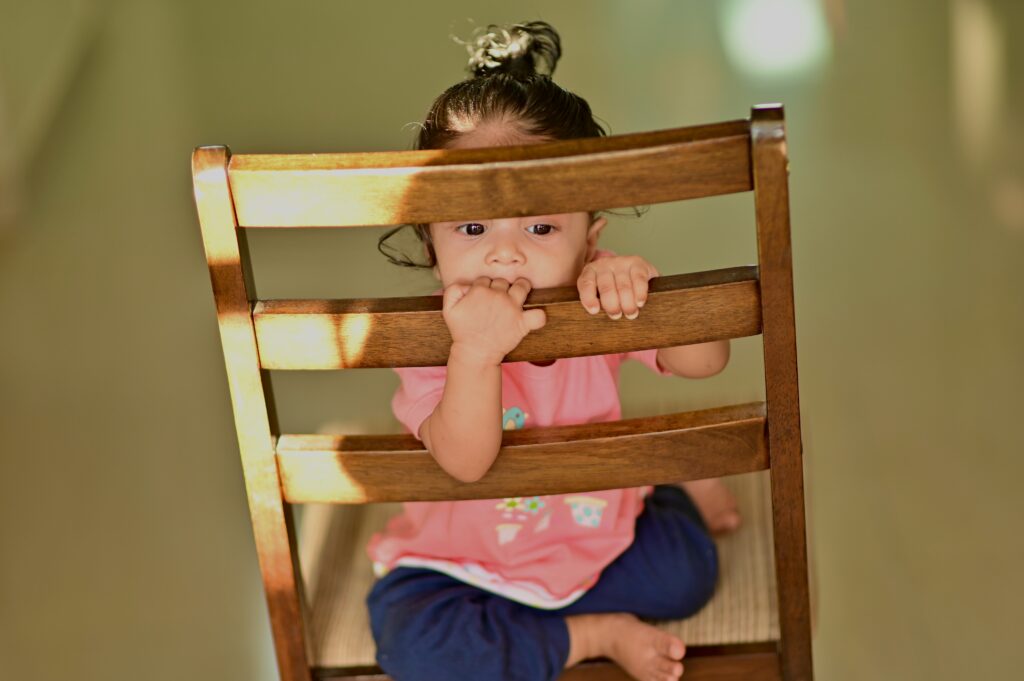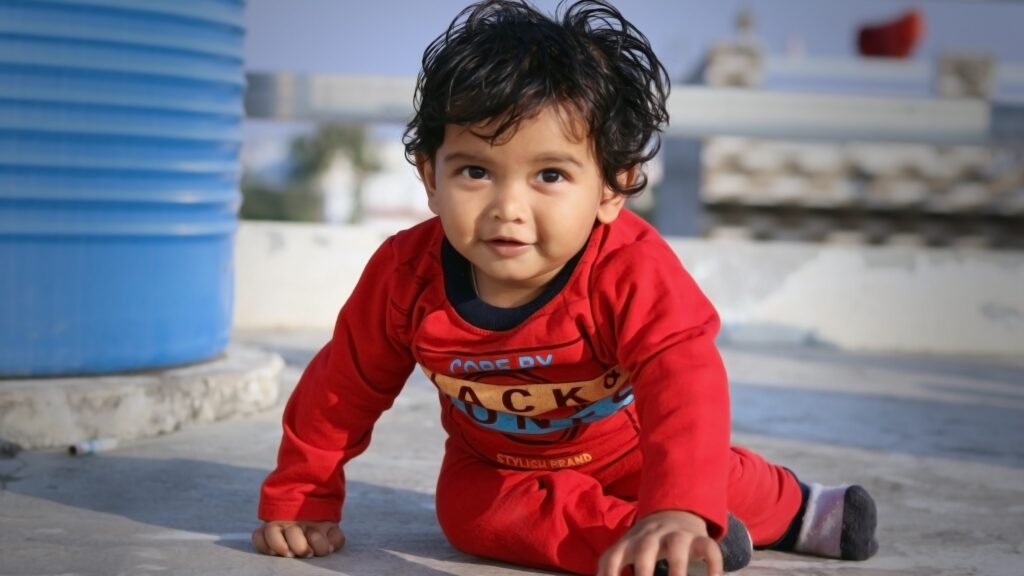Today, most psychologists would agree upon the fact that it is during the first two years that most of the psychic constructions are built. These two years are of greatest importance as the deep rooted items of the personality are built only during these two years in which the child is mostly unconscious – he has no conscious intelligence.

In language, the child, in the midst of continuous talking, hears a continuous flow of language. If you stop in your talk and say to the child, who does not understand the language,’what a nice little child you are’, this child begins to smile. When you talk to the child, you can see the child gazing at the mouth and lips as if it were impossible for him to stop looking. The consciousness of the fact, the discovery of the fact that the voice comes from the lips delights him. You must realise that everything is new to the child, and the earth is entirely unknown to him. This little explorer seems to say, ‘how many delightful things are there for me to find on earth!’
Now, this attention of the unconscious child brought upon the environment must be governed by laws, because it would be absurd to think that these great acquisitions of the mind, the behaviour and speech should be made haphazardly. The hearing that takes in language, and the sight that takes in the environment, are not merely sensorial machines. There is something else; something bigger which makes use of these sensorial apparatus; and this is in the spirit of the child. These acquisitions are guided by special urges which are endowed with sensitivities.

A child of nine months or even younger of eight months has already seen everything that is there in the environment. At one year, the child recognizes not only all the objects but also the pictures of the objects.
There was a lady who carried a child of eight months in a dining room where there was a bowl of fruits and there was also a picture of fruit on the wall. This lady observed that the child was not looking at the people in the room, but at the fruit. Much to her surprise, the child, after looking at the fruit, turned round to look at the picture on the wall and recognizing the fruit, he started laughing.
At the beginning of second year begins the period of exploration of what we might call the invisible. One lady told me that her daughter who was one year and two months old, was feeling with great interest something in her hands, which proved on closer observation to be a long strand of hair. The mother got her strings of many colors, but the child was not interested. She began to cry and again took to the hair with great interest when her mother gave her one. It was clear that the child was interested in the hair as it was thinner than the strings – in fact almost invisible. So, only if there is an inner force, this is possible. And that force, that energy makes the child explore the world so thoroughly that in one year he has finished all that is apparent and at the end of one year he centers his interest upon what is hidden. This sensitivity also explains why the child is able to take in these almost imperceptible sounds. Nobody could teach him this. Nor would dream of telling the child who has completed one year of age to seek the invisible; but nature leads him to do all this.

I have seen a small child of one year and four months who wandered off into a garden; he was heard laughing out loudly. When I went to look, the child was bending over the floor paved with grey stones, but I found nothing else there. All around there were colorful flowers. Looking closely as I followed the finger of the child, I saw an almost invisible insect of a kind very seldom seen. Evidently, the child was touched by the fact that something so small could move! Whenever children are given freedom you find them interested in things almost invisible.
We can conceive that in this unconscious age the child enthusiastically observes the environment and takes it in. And he finds the joy which we would find in discovering something which is unknown to others.
And these sensitivities, among other tasks, guide the child to the acquisition of the determined faculties.
– (edited from a lecture by Dr.Montessori at Pune, India, in 1948)





